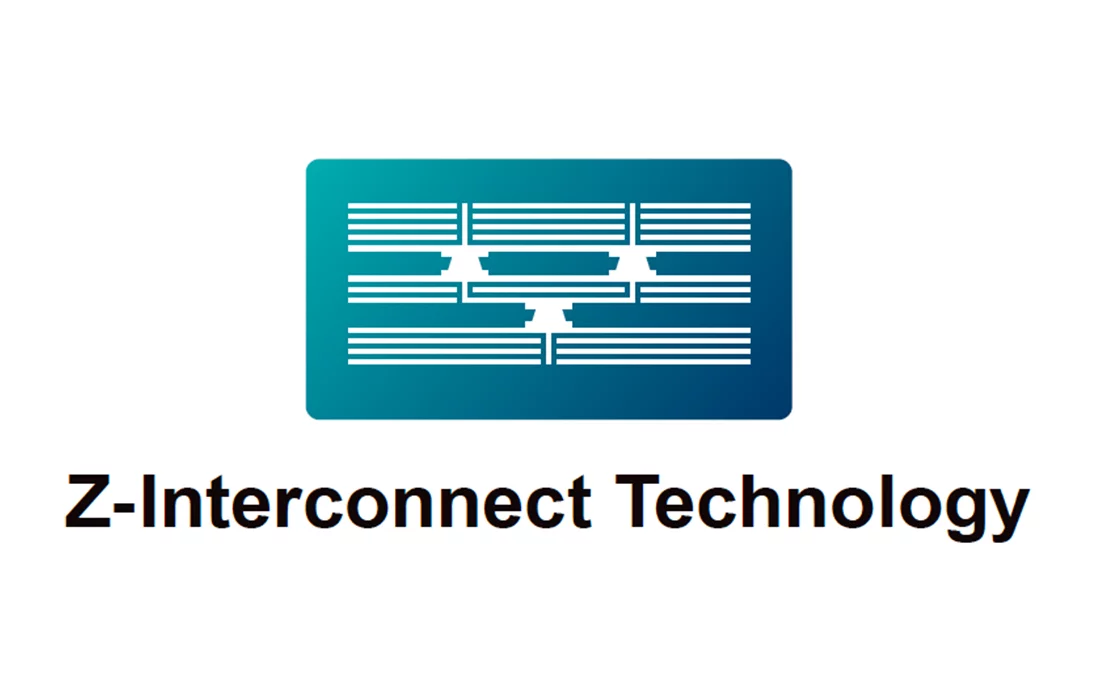Z-Interconnect技术带来无限自由
Z-Interconnect是奥特斯开发的一项技术,它可以将来自单一来源的两个或多个用于满足不同需求的电路板集成到一个系统中。这使设计者可以灵活地混合搭配不同要求的电路,而不会产生设计冲突。
通过奥特斯的Z-Interconnect技术,使用不同的奥特斯技术生产的印制电路板可以可以连接成具有全新性能的系统。例如,具有出众热管理性能的高速元件或高密度电路板可以与低成本、低密度的系统元件组合。Z-Interconnect技术使设计师有更大的可能性,即使当不同的需求可能似乎存在冲突时。
Z-Interconnect技术的优点
- Z-Interconnect技术实现在通信中使用毫米波范围内的高频波段。
- 信号路径短确保高数据传输速率
- 天线与处理系统间的信号损失小,实现一个高度节能网络。
- 封装密度越高,微型化程度越高
- 可以分开制造各个印制电路板元件,如,天线和模拟、机械和数字PCB。
Z的飞跃
在制造Z-Interconnect印制电路板时,需要将两个或多个单独的PCB通过先进的机压成型工艺连接起来,定位必须高度精准。在PCB业内,垂直轴通常标记为“Z”,所以,Z-interconnect是指印制电路板以高精度垂直堆叠和互连。通过分开制造,使每个电路板可以完全满足其用途要求,然后再通过Z-Interconnect技术集成。最终的集成系统信号路径非常短,不仅可以降低功耗,还可以提高速度。

Z-Interconnect技术的实际应用

在卫星通信网络中高带宽是非常理想的选择,但其成本很高。

第五代移动网络将在需要高带宽的人口稠密区使用毫米波。Z-Interconnect技术可以帮助节能提速。

在雷达技术中,频率越高,分辨率也就越高。Z-Interconnect技术在这方面的优势对于军事和民用雷达系统应用而言极具吸引力。
高频率
除了其它应用外,Z-Interconnect电路板可用于高频信号的无线通信,因为它们构成了由天线和信号处理电路组成的强大通信模块。通过Z-Interconnect技术,天线可以设置在更简单的电路板上,尽管信号处理电路系统要复杂得多。这种封装确保了高频率下的优秀性能。
不过,高频通信也有它的问题:这种信号容易被屏蔽,信号损失也会比较高。所以,现代移动电话网络中使用的电子设备必须确保信号路径尽可能短,以显著减少维护网络所消耗的能量。而Z-Interconnect技术可以实现高频率,同时确保信号损失保持在较低水平。
超高速互联网
强大的5G无线网络以及后续技术将使用非常高的频率,如果没有Z-Interconnect,这些技术将难以高效运行,因为只有信号损失极低的情况下才可能实现这种高频网络。Z-Interconnect技术将推动开创毫米波网络时代,这需要使用更复杂的天线,而Z-Interconnect技术已做好准备,蓄势待发。其它需要高频率的应用,如,高分辨率雷达和卫星通信系统,也可以从Z-Interconnect技术所承诺的高效节能的信号处理系统中受益。
联系人

如果您想进一步了解我们令人兴奋的产品、技术和解决方案,我们的专家随时乐意为您提供帮助。
您可能还对这些主题感兴趣
Range remains a perennial issue in the discussion about e-mobility. In the future, roads could charge vehicles using induction - but the technology is only at the testing stage.
The question of a white Christmas preoccupies meteorologists year after year. High-performance computers with AT&S PCBs enable precise climate simulations that are used for weather forecasting.
Electronic components for autonomous vehicles in the mining industry must meet the highest standards in terms of robustness and failure safety. This is the only way they can presist in the challenging environment of a mine.




